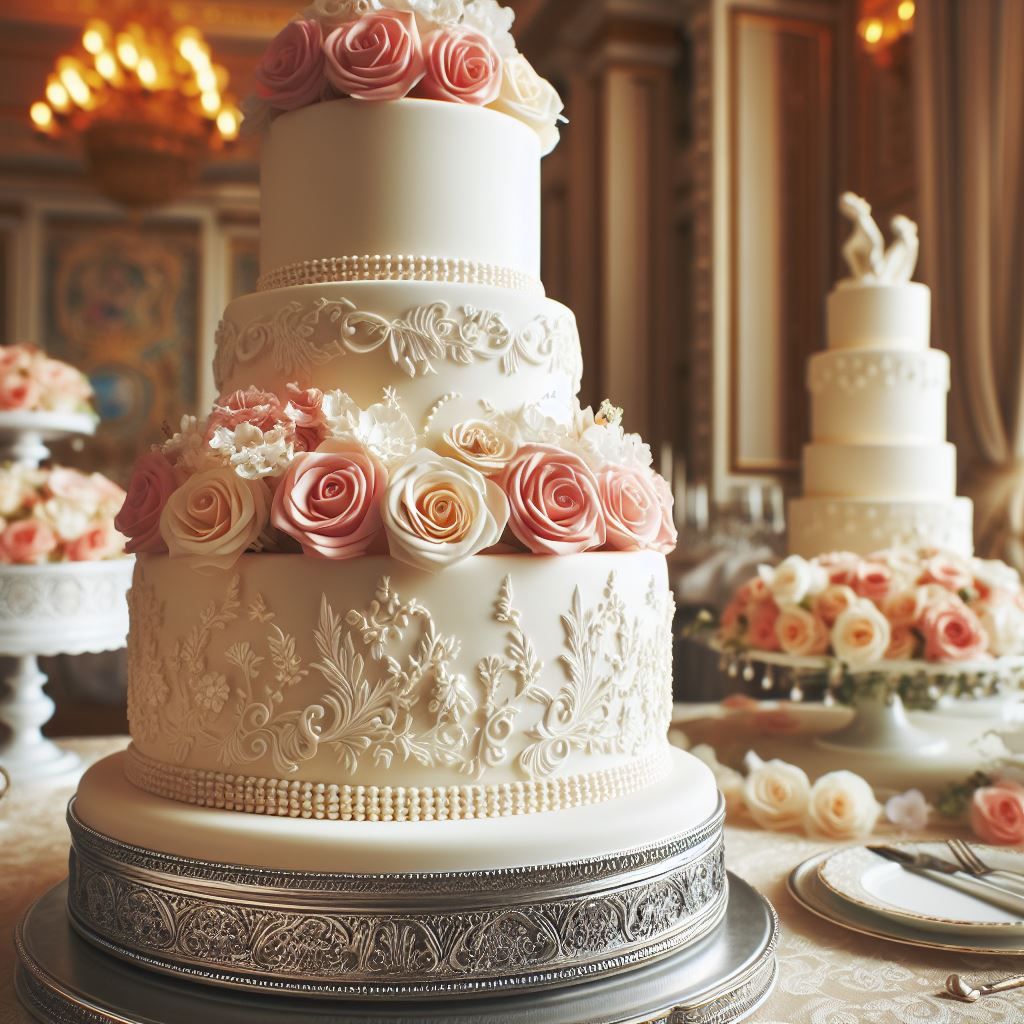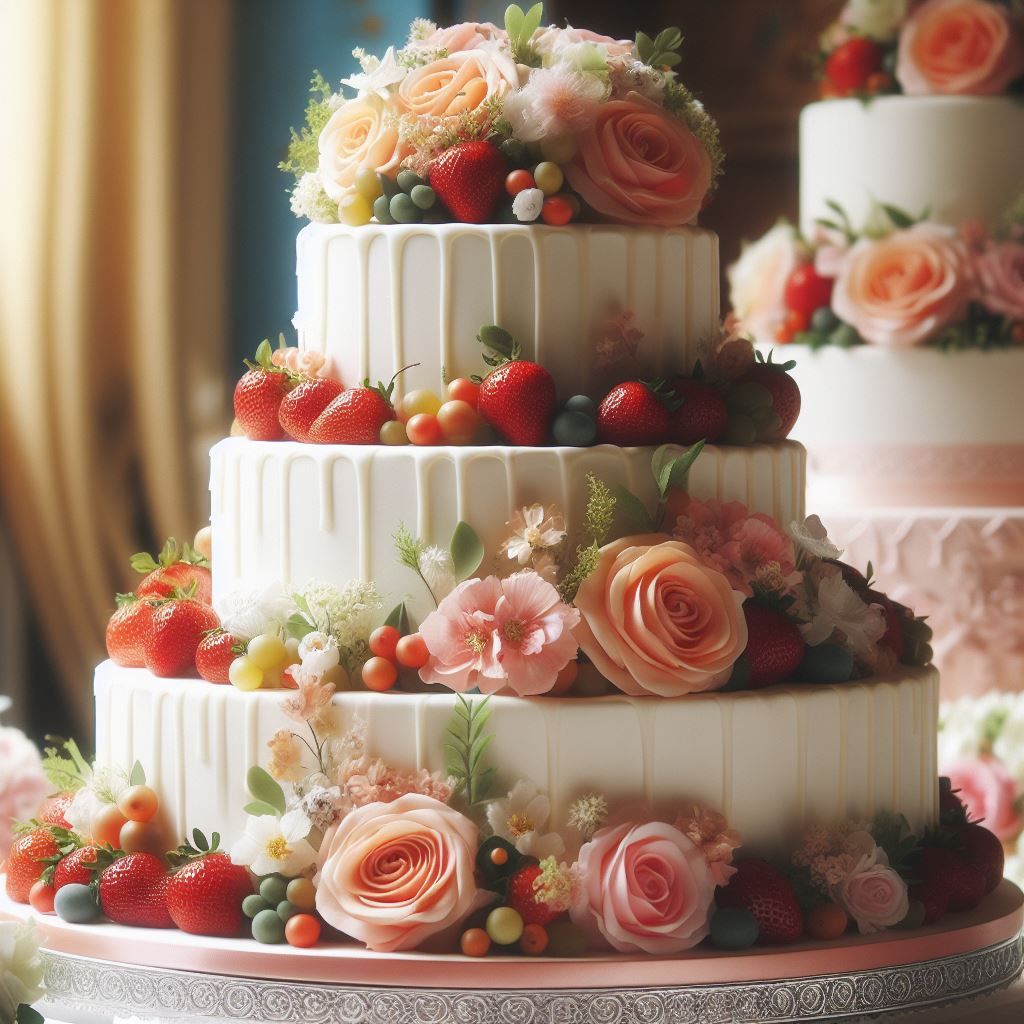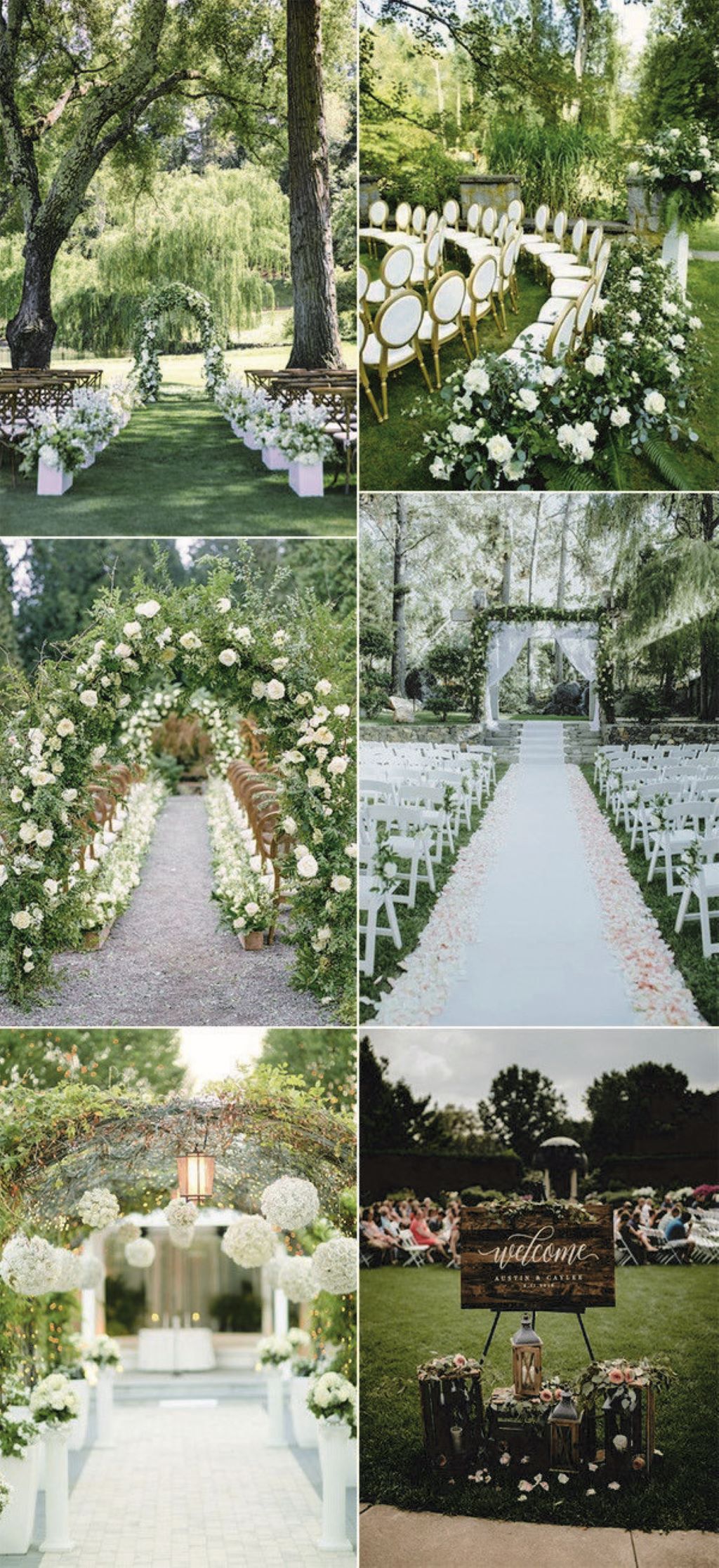The wedding cake – a centerpiece that transcends mere dessert, serving as a symbol of celebration and marital bliss. But with so many decisions to be made, how many tiers should your cake have? This seemingly simple question can leave soon-to-be-weds wondering if there’s a magic number or if it’s purely a matter of aesthetics.
Fear not, cake-contemplating couples! This guide delves into the world of wedding cake tiers, exploring tradition, trends, and practical considerations to help you bake the perfect decision.
The Enduring Allure of Three Tiers
The three-tiered wedding cake reigns supreme in the realm of tradition. But where did this custom originate? Historians believe it can be traced back to Victorian England, where tiered cakes symbolized prosperity and abundance. The bottom tier, meant to be the largest, would be enjoyed at the wedding reception, while the middle tier was preserved for a post-wedding celebration. The top tier, however, held the most sentimental value. Traditionally a fruitcake, known for its longevity, it was saved as a good luck charm, to be shared on the couple’s first anniversary or even offered to christen a future child.
While traditions evolve, the three-tiered cake remains popular for a reason. It offers a visually stunning and elegant presence, providing ample space for creative designs and flavor combinations.
Expert Take: “The three-tiered cake is a timeless choice,” says Sylvia Weinstock, a renowned baker and author of “The Whole Damn Cake.” “It offers a perfect canvas for a variety of decorative elements, allowing bakers to create a centerpiece that complements the wedding theme beautifully.”
The Rise of the Two-Tier Trend
Modern weddings are embracing a less-is-more approach, and the cake is no exception. The two-tiered trend is gaining popularity, particularly for smaller weddings or those with an intimate setting. A two-tiered cake can be just as impactful as its three-tiered counterpart, especially when crafted with a focus on height or dramatic flourishes.
The Two-Tier Advantage:
- Cost-effective: Two tiers mean less cake, translating to potential savings.
- Perfect for Smaller Weddings: A two-tiered cake feels more proportionate for guest lists under 100.
- Greater Design Flexibility: With less “canvas” to fill, bakers can concentrate on more intricate or personalized details.
Beyond the Binary: Exploring More than Three Tiers
For those seeking a grand statement or have a larger guest list to feed, fear not! Four-tier cakes and even towering creations are still very much an option. However, it’s important to consider both aesthetics and practicality.
Points to Ponder for a Multi-Tiered Masterpiece:
- Venue Logistics: Ensure your venue has the space and staff to accommodate a very tall cake.
- Stability and Support: Structural integrity becomes a bigger concern with more tiers. Discuss reinforcement methods with your baker.
- Budgetary Considerations: The cost will naturally increase with more tiers.
Related: 7 Essentials to succeed with fall wedding decoration
Beyond Tradition: A Few Final Thoughts
Ultimately, the number of tiers on your wedding cake is a personal choice. Don’t feel pressured to follow tradition if it doesn’t resonate with your vision. Consider factors like your guest list size, venue limitations, and of course, your budget.
Embrace Creativity: Wedding cake trends are moving towards customization. Don’t be afraid to explore unique shapes, unconventional flavors, or even a mix of tiered and single-layer cakes to create a dessert display that reflects your unique love story.
The most important ingredient? Love! With careful planning and a touch of creativity, your wedding cake will be a delightful expression of your love, no matter how many tiers it boasts.





